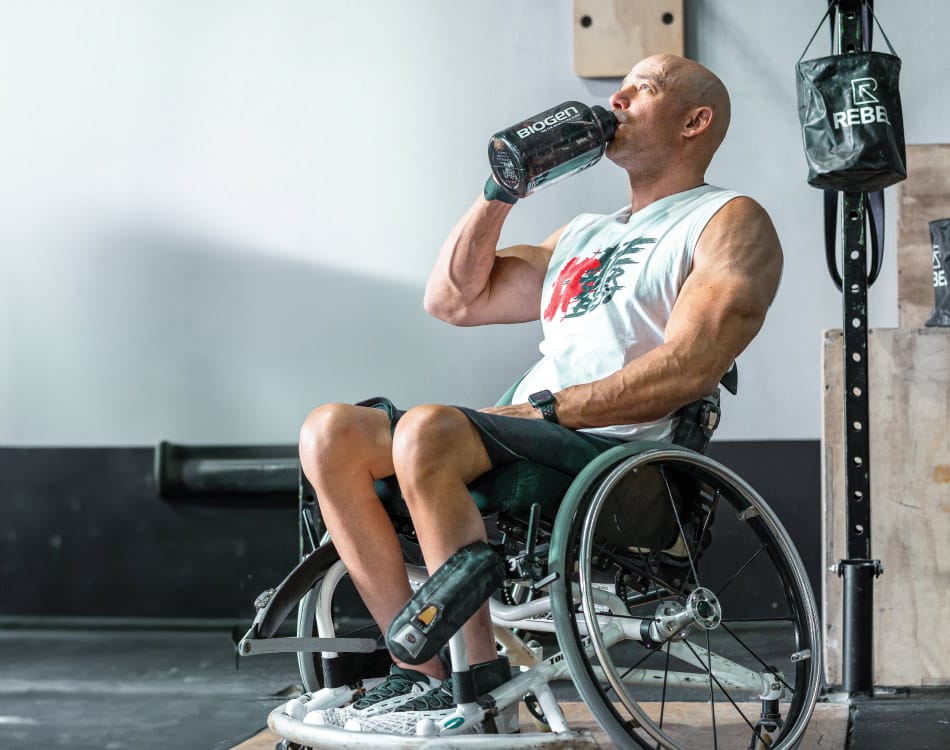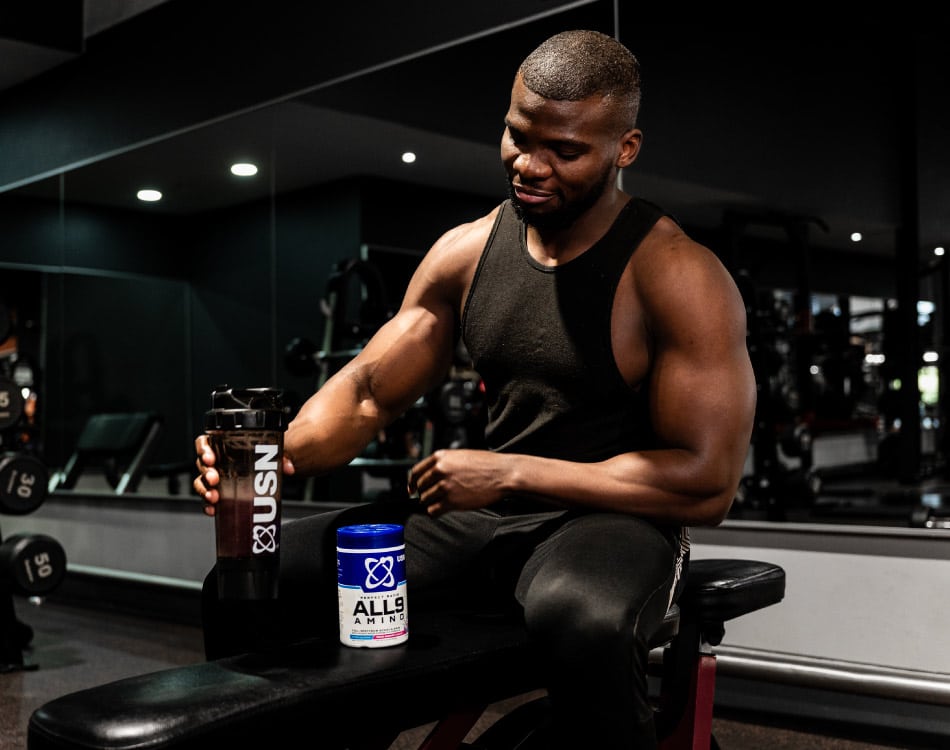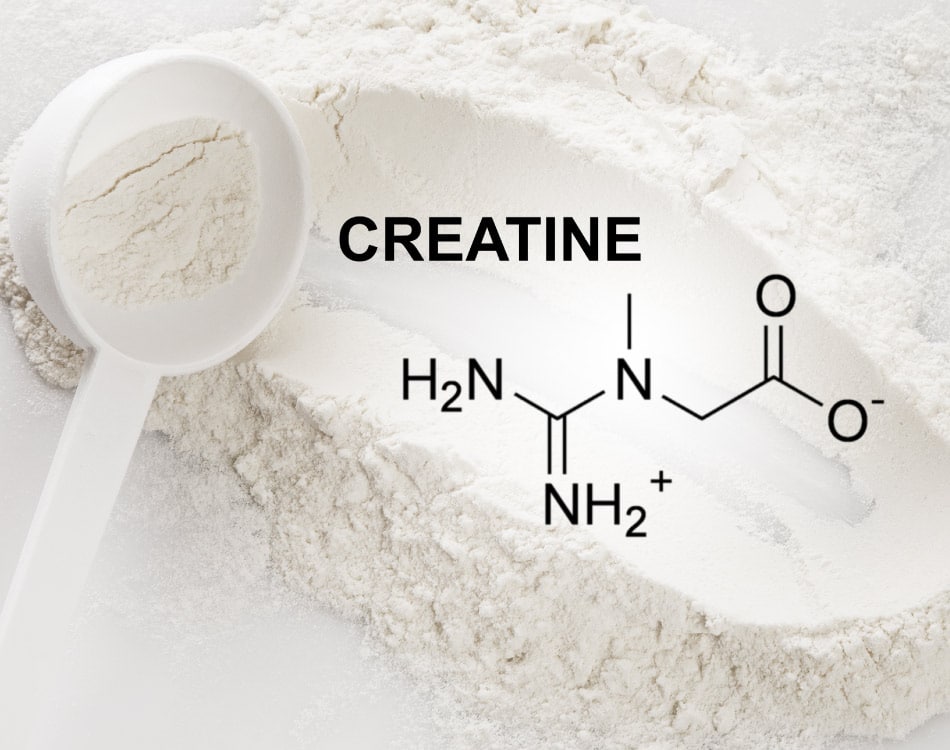If you’re looking to ratchet up your workout intensity, next time you hit the gym include some 21s in your training plan.
This training technique will increase the volume and intensity of each set, which will help you to build more muscle and will deliver some insane pumps.
READ MORE | Should You Slow Down Reps To Speed Up Muscle Gains?
How to do it
This training technique requires that you complete 14 partial reps and seven full range of motion (ROM) reps in one set, for a total of 21 reps.
- Start by lifting or pushing the weight only halfway up for seven reps.
- Lift or push the weight from the halfway point to the highest point of the move, working through the top half of the movement for seven more reps.
- Perform seven full ROM reps.
This set is done without any rest between each group of seven reps. Aim to complete the partial reps with a fast tempo, with a 2-3 second tempo for the full ROM reps.
READ MORE | 3 Steps To Level Up Your Performance In The Gym
Why 21s work
By increasing the time that the muscle remains under tension and the duration of the set, you initiate a whole host of physiological responses.
Firstly, blood floods the working muscles, which delivers essential nutrients to aid the repair process and delivers those sought-after pumps.
The fact that you have to control the movement of the weight in both directions also means that your muscles experience a new type of stress compared to your normal training stimulus in the eccentric (lengthening) phase of the movement.
READ MORE | Pick Your Training Split To Muscle-Up Your Workouts
21 guidelines
You can apply the 21s training technique to just about any exercise, as long as the load is lighter than your normal lifts.
It is generally recommended that you use a weight that is 40-60% lighter than your normal weight for that specific exercise.
Additional benefits
21s also improve muscular endurance and other physiological responses to exercise, such as improved lactate thresholds and capillary density. This happens because your muscle’s oxygen and energy demands increase during this type of high-volume exercise to sustain the workload for the duration of the set.













